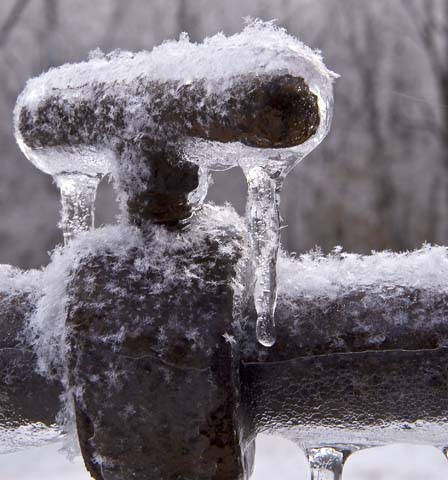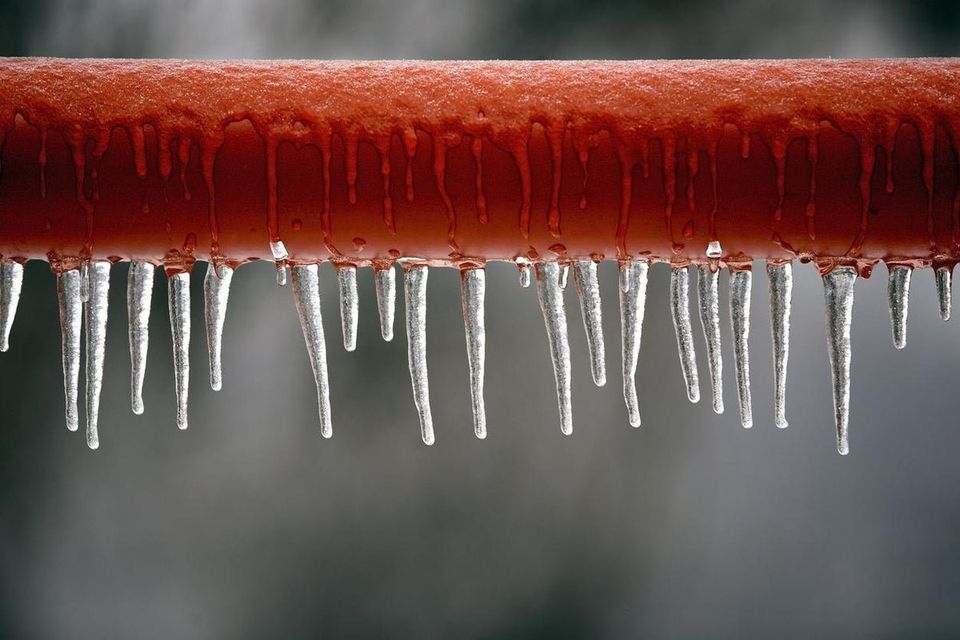Protecting Against Frozen Pipes: Top Methods for Cold Weather
Protecting Against Frozen Pipes: Top Methods for Cold Weather
Blog Article
Do you find yourself looking for facts around Helpful Tips to Prevent Frozen Pipes this Winter?

Cold weather can damage your pipes, particularly by freezing pipelines. Below's how to prevent it from occurring and what to do if it does.
Intro
As temperature levels decline, the threat of icy pipes increases, possibly bring about pricey fixings and water damages. Understanding just how to stop icy pipelines is critical for home owners in cool environments.
Recognizing Frozen Pipes
What causes pipelines to ice up?
Pipes freeze when revealed to temperature levels listed below 32 ° F (0 ° C) for prolonged periods. As water inside the pipelines freezes, it expands, taxing the pipeline walls and possibly causing them to rupture.
Threats and damages
Frozen pipelines can lead to supply of water disturbances, residential or commercial property damage, and costly fixings. Burst pipes can flooding homes and trigger considerable architectural damages.
Signs of Frozen Pipes
Identifying frozen pipes early can prevent them from bursting.
How to determine frozen pipes
Try to find decreased water circulation from taps, uncommon smells or noises from pipes, and noticeable frost on revealed pipelines.
Avoidance Tips
Shielding prone pipelines
Wrap pipelines in insulation sleeves or use warm tape to shield them from freezing temperatures. Concentrate on pipes in unheated or outside locations of the home.
Home heating techniques
Keep interior areas properly heated up, particularly areas with plumbing. Open up cupboard doors to enable cozy air to flow around pipelines under sinks.
Shielding Exterior Pipes
Yard hose pipes and outdoor faucets
Disconnect and drain pipes yard pipes prior to wintertime. Set up frost-proof spigots or cover outdoor taps with shielded caps.
What to Do If Your Pipelines Freeze
Immediate actions to take
If you presume icy pipes, keep faucets open up to ease stress as the ice melts. Utilize a hairdryer or towels taken in hot water to thaw pipelines slowly.
Long-Term Solutions
Architectural changes
Think about rerouting pipelines far from outside walls or unheated areas. Include added insulation to attic rooms, cellars, and crawl spaces.
Updating insulation
Buy top quality insulation for pipes, attic rooms, and wall surfaces. Correct insulation assists maintain constant temperatures and reduces the danger of frozen pipelines.
Verdict
Protecting against icy pipes needs aggressive steps and quick actions. By comprehending the reasons, signs, and preventive measures, home owners can protect their plumbing during cold weather.
6 Proven Ways to Prevent Frozen Pipes and Protect Your Home
Disconnect and Drain Garden Hoses
Before winter arrives, start by disconnecting your garden hoses and draining any remaining water. Close the shut-off valves that supply outdoor hose bibs and leave the outdoor faucet open to allow any residual water to drain. For extra protection, consider using faucet covers throughout the colder months. It’s also important to drain water from any sprinkler supply lines following the manufacturer’s directions.
Insulate Exposed Pipes
Insulating your pipes is an effective way to prevent freezing. Pipe insulation is readily available at home improvement stores and is relatively inexpensive. Pay close attention to pipes in unheated areas such as the attic, basement, crawl spaces, or garage. Apply foam insulation generously to create a buffer against the cold. You can also wrap your pipes in heat tape or thermostat-controlled heat cables for added warmth.
Seal Air Leaks
Inspect your home for any cracks or openings that could let in cold air. Seal any holes around the piping in interior or exterior walls, as well as the sill plates where your home rests on its foundation. Additionally, make sure to keep your garage door closed unless you’re entering or exiting. Leaving it open creates a significant air leak that can lead to frozen pipes.
Allow Warm Air Circulation
During cold snaps, it’s essential to allow warm air to circulate evenly throughout your home. Leave interior doors ajar to promote better airflow. Open kitchen and bathroom cabinets to help distribute heat consistently around the rooms. If you have small children or pets, be sure to remove any household chemicals or potentially harmful cleaners from open cabinets for safety.
Let Faucets Drip
A small trickle of water can make a big difference in preventing ice formation inside your pipes. When temperatures drop significantly, start a drip of water from all faucets served by exposed pipes. This continuous flow helps prevent the water from freezing. Additionally, running a few faucets slightly can relieve pressure inside the pipes, reducing the chances of a rupture if the water inside does freeze.
https://choateshvac.com/6-proven-ways-to-prevent-frozen-pipes-and-protect-your-home/

We had been introduced to that editorial on Preventing and dealing with frozen pipes from an associate on a different web page. Be sure to take a moment to share this blog if you liked it. I thank you for your readership.
Try Here Report this page